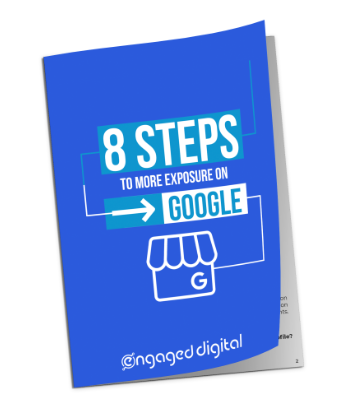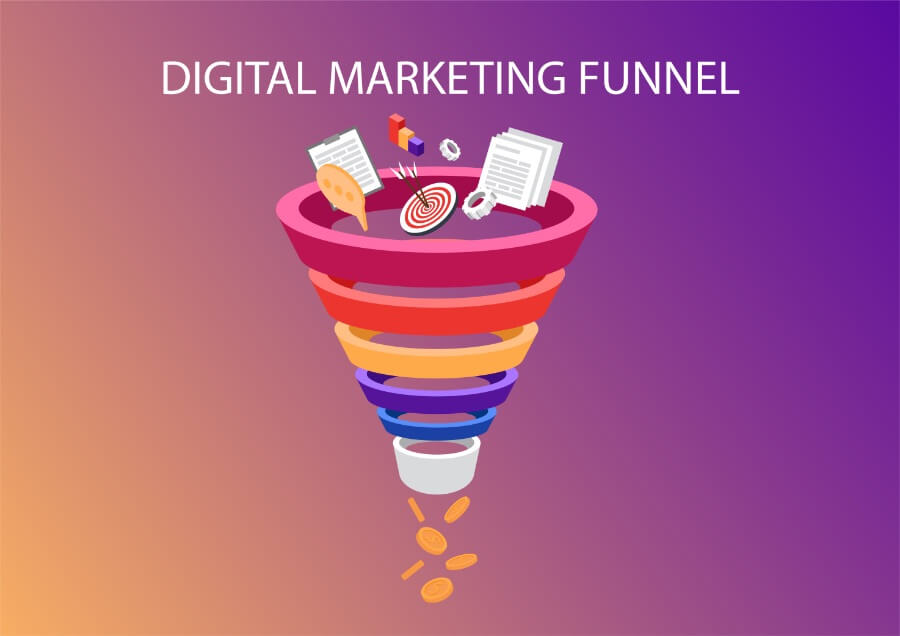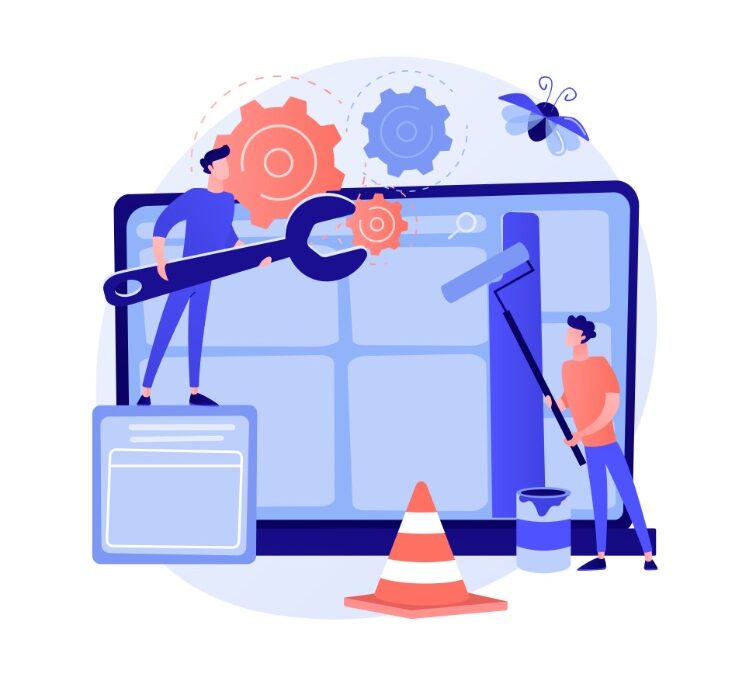If you’re like most small business owners, you’re always looking for ways to improve your website. You may have heard that one of the best ways to do this is by creating new content. But what you may not know is that another great way to improve your website is by optimizing your existing content.
What does “optimizing content” mean?
Optimizing content is a process of taking content written for a website and making it more search engine friendly. It involves utilizing keyword research to determine the best potential keyword focus, then optimizing content with those words to better align content with the search intent of users visiting the website. Content optimization is an important step in boosting visibility in search engines and increasing website traffic.
Here are some reasons why you should optimize your existing content:
It can help you rank higher in search engines
By optimizing your existing content with relevant keywords, you can help ensure that your website appears higher in search engine results pages. This will lead to more targeted website traffic and potential customers. Additionally, if your website is already generating traffic from existing content, optimizing that content to reflect current search engine trends can help increase organic search visibility even more.
Using a tool like Google Search Console can also help you identify how well your content is performing in search engine rankings, as well as what terms people are using to find your content. Often, you’ll uncover new phrases people search for that you can insert into your content to improve your page ranking.
It creates a better user experience
Search engines are always looking for fresh, high-quality content. By taking the time to optimize existing content with relevant keywords, you can improve the overall user experience on your website. This will not only help you rankings in search engine results pages, but it will also make it easier for visitors to find the content they’re looking for.
It saves money and time
Creating new content can be time-consuming and expensive. By optimizing existing content instead of creating something from scratch, you can save time and money.
Optimizing old content can help remove outdated or irrelevant content
This is a good way to make sure that your website always has fresh and interesting information for people to look at.
It can help boost your conversion rate
By optimizing your content with the right keywords and phrases, you can make sure that more people find your website. Optimizing for relevant terms can lead to an increased conversion rate as well, since visitors will be able to easily find what they’re looking for on your website.
Optimizing old content gives you fresh content to repurpose on social media
One of the most effective ways to drive traffic and engagement is by sharing content on social media. By optimizing your existing content, you can easily repurpose it in new and interesting ways that will attract more people to your website.
Optimizing existing content allows you to fix errors or inaccuracies in your articles (i.e. typos, broken links)
If you’ve noticed errors or inaccuracies in your old content, now is the time to fix them. This will help improve the overall quality of your website and make it easier for visitors to find what they’re looking for.
Optimizing older content is usually quicker and easier than creating new content from scratch!
Creating new content from scratch can be a long and tedious process. Optimizing existing content is usually much quicker and easier, since you already have the content written and just need to make some minor tweaks.
How optimized content can lead to increased conversions and sales
Optimizing website content can drive more potential customers and sales. By making sure titles, meta-descriptions, URLs, and other content are targeted to the right customer base and on-brand, companies can see higher engagement rates. Utilizing keywords in website copy, reducing page load times, and creating relevant calls to action will engage customers faster and encourage them to take the next step toward purchasing a product or service. In addition, optimized website content helps companies rank higher on search engine results and reach more prospective customers by broadening their sphere of influence. When successful, optimized web content leads to increased conversions that present themselves in higher customer retention and loyalty rates, loyalty programs customer participation, overall customer lifetime value and site traffic which leads to increased sales growth for any organization.
What are some tools you can use to optimize existing content?
Google Search Console – Google Search Console is a data goldmine for SEO specialists. You can find out which phrases people use to discover your site, how many impressions each phrase gets, and how many clicks result from the impression. With this information at hand, you can rapidly improve your organic search ranking by adding missing key terms to relevant pages on your website.
This data can also be useful for finding pages that get a lot of impressions but not many clicks. This might be because the title or meta description isn’t good at driving clicks. By changing these elements, you can make them more effective and bring people to your website.
This same data can help you find pages that are getting a lot lots of clicks but no conversions. The reason for this could be that the page’s content doesn’t match up with the keywords being targeted . To fix this issue, either edit the existing content or readjust your target keywords so they fit better.
If you want to learn more about how to use Search Console, check out these additional resources:
https://support.google.com/webmasters/answer/4559176?hl=en
SEMrush – This paid tool helps you discover new keywords, optimize existing content for those keywords, and track keyword performance over time.
SEOPress – This WordPress plugin helps you optimize your content for SEO. It allows you to add title tags, meta descriptions, and other important SEO elements to your posts or pages.
SERanking – This tool helps you track keyword rankings and make sure your content is optimized for targeted keywords. It also provides detailed analysis on how you can improve the visibility of your web pages in search engine results pages.
KeywordTool – This tool helps you discover new keywords related to topics that you already have content on. You can then use these keywords to optimize your existing content and improve rankings.
Screaming Frog – This tool crawls through a website’s entire structure and helps identify any errors that could be affecting your search engine rankings.
Answer The Public – This tool helps you discover what questions people are asking related to a certain topic. You can use this information to create content that answers those questions or to optimize existing content with the right keywords and phrases. This is also a good tool to use if you want to create an FAQ.
Optimizing your website’s content is a crucial step in improving your ranking in search engine results pages and attracting more visitors to your site. By optimizing existing content, you can improve your chances of Ranking high for relevant keywords, improve the quality of traffic coming to your site, and increase conversion rates and sales. There are many ways to optimize existing content on your website, such as by adding new keywords, internal links, and external links. If you’re not sure where to start, try focusing on one or two pieces of content and see how it goes – you may be surprised at the results!
Another option is to hire someone to do it for you, like us. We would be happy to take a look at your content and update it for you. Click here to get started.







